Home>Interior Design>5 Reasons Why You Should Never Paint A Ceiling White, Reveals A Leading Paint And Color Expert


Interior Design
5 Reasons Why You Should Never Paint A Ceiling White, Reveals A Leading Paint And Color Expert
Modified: October 20, 2024
Discover the top 5 compelling reasons why painting a ceiling white should be avoided, as recommended by a renowned interior design and color expert. Enhance your interior design with these valuable insights.
(Many of the links in this article redirect to a specific reviewed product. Your purchase of these products through affiliate links helps to generate commission for Storables.com, at no extra cost. Learn more)
Introduction
Welcome to the fascinating world of interior design, where every detail matters! As a leading paint and color expert, I have come across various design dilemmas that homeowners face. One common mistake that many people make when it comes to painting their ceilings is opting for the classic choice of white. While white may seem like a safe and neutral option, I am here to reveal five compelling reasons why you should never paint a ceiling white.
A ceiling is a blank canvas that holds immense potential to transform a room and elevate its overall aesthetic. By overlooking the opportunity to explore alternative colors and finishes, you are missing out on the chance to create a truly stunning space. In this article, I will dive into the reasons behind this statement, debunking the myth that white is the only option for ceiling paint.
So, let’s get started and discover why painting a ceiling white may not be the best choice for your interior design endeavors.
Key Takeaways:
- Don’t limit your ceiling to white! Explore alternative colors and finishes to add character, visual interest, and personality to your space. Embrace the potential of your ceiling as a captivating focal point.
- White ceilings amplify imperfections and miss the chance for dramatic effects. Choose colors, textures, and patterns to create a visually striking and unique space that reflects your personal style.
Creates a Boring and Sterile Look – Lack of Visual Interest – Fails to Add Character to the Room
When you paint a ceiling white, you are essentially opting for a safe and conventional choice. While white can create a sense of brightness and openness in a room, it fails to bring any visual interest or personality to the space. It becomes a missed opportunity to add character and elevate the overall ambiance.
Imagine walking into a room with a beautifully painted and designed interior, filled with vibrant colors and unique furniture pieces. Your eyes are naturally drawn to the walls, the furnishings, and the decorative elements, but when you look up at the white ceiling, it may fall flat and leave you feeling underwhelmed. A white ceiling lacks the ability to make a lasting impression or create a memorable visual impact.
By exploring alternative color options for your ceiling, you can inject much-needed vibrancy, depth, and personality into the room. For example, a soft pastel color can create a soothing and calming atmosphere, while a bold and vibrant hue can make a statement and act as a focal point of the space. This allows you to tailor the ceiling to complement the overall design scheme and reflect your personal style.
Additionally, other design elements such as ceiling medallions, crown moldings, or decorative finishes can further enhance the character of the ceiling. These details can add architectural interest, create visual texture, and elevate the overall design of the room. By neglecting these design possibilities and settling for a white ceiling, you miss out on the chance to create a visually captivating and unique space.
In summary, painting a ceiling white may result in a lackluster and sterile look, failing to add visual interest and character to the room. By exploring alternative colors and incorporating design elements, you can elevate the ceiling from a forgotten space to a visually captivating focal point that enhances the overall design.
Amplifies Imperfections – Highlights Any Flaws or Uneven Surfaces – Draws Attention to Ceiling Defects
One of the drawbacks of painting a ceiling white is that it can amplify imperfections and draw attention to any flaws or uneven surfaces. While white may seem like a clean and pristine color choice, it can actually reveal every blemish and detract from the overall aesthetics of the room.
When light hits a white ceiling, it reflects back into the space, illuminating any imperfections. This includes cracks, dents, texture inconsistencies, and even uneven paint application. These flaws that might have gone unnoticed with a colored or textured ceiling become much more apparent, becoming an undesirable focal point rather than blending seamlessly into the background.
Furthermore, if your ceiling is not perfectly flat or smooth, painting it white can make it appear even more flawed. Uneven drywall or plaster, for example, can create shadows and highlights that emphasize any irregularities. This can be especially noticeable in rooms with bright overhead lighting, as the light emphasizes the flaws and creates an unappealing visual effect.
Instead of exacerbating these imperfections, consider using a color or texture that can help to camouflage them. For instance, a textured finish such as a faux wood or Venetian plaster can add depth and interest to the ceiling while minimizing the visibility of any flaws. Alternatively, a soft matte color can help to create a more forgiving and cohesive appearance.
By choosing a color or textured finish that can hide or downplay imperfections, you can ensure that your ceiling complements the overall aesthetic of the room without drawing unnecessary attention to defects. Remember, it’s always better to embrace and work with the existing imperfections rather than highlighting them with a white ceiling.
Neglects the Power of Color – Misses Out on the Opportunity to Use Color to Enhance the Room – Fails to Create a Cohesive and Harmonious Space
Color is one of the most powerful design elements at our disposal. It has the ability to evoke emotions, set the mood, and enhance the overall ambiance of a room. Unfortunately, when you paint a ceiling white, you are missing out on the opportunity to use color to its full potential.
By opting for a white ceiling, you are essentially leaving it as a blank canvas devoid of any color or personality. This is a missed chance to bring cohesiveness to the room by incorporating the ceiling into the overall color scheme. A well-coordinated color palette can create a harmonious and visually pleasing space.
Color can be used strategically on the ceiling to create different effects. For instance, a darker shade on the ceiling can create a cozy and intimate atmosphere in rooms like bedrooms or living rooms. On the other hand, a lighter hue can make a small space feel more open and airy. By utilizing the power of color, you have the ability to transform the perception of space and enhance the overall experience within a room.
Additionally, incorporating the ceiling into the color scheme can also help to visually connect different elements in the room. For example, if you have a statement wall with a bold color, carrying that color onto the ceiling can create a sense of continuity and cohesion. This visual flow can bring balance and harmony to the space.
When selecting a color for the ceiling, consider the overall style and mood you want to achieve. Earthy tones can create a warm and inviting environment, while cooler tones can evoke a serene and calming ambiance. Don’t be afraid to experiment and use color to create a unique and personalized space.
In summary, neglecting the power of color by painting the ceiling white means missing out on the opportunity to create a cohesive and harmonious space. By utilizing color strategically, you can enhance the overall aesthetic of the room, create visual connections, and evoke the desired mood and atmosphere.
Consider using a light, neutral color for the ceiling to avoid a stark contrast with the walls and create a more cohesive and inviting space.
Limits Design Options – Restricts Creative Possibilities for the Overall Room Design – Rigid and Conventional Choice That May Not Suit All Styles
Painting a ceiling white can inadvertently limit your design options and hinder the creative possibilities for the overall room design. While white may be a popular and timeless choice, it can be a rigid and conventional option that may not suit all styles and preferences.
Every room has its own unique style and personality, and the ceiling should be treated as an integral part of the overall design. By defaulting to a white ceiling, you are missing out on an opportunity to explore alternative finishes, textures, or patterns that can add depth and visual interest to the space.
Consider an eclectic or bohemian style, where the ceiling presents an opportunity to incorporate elements such as exposed beams, decorative tiles, or even a mural. These design elements can bring character and a sense of individuality to the room, adding a touch of uniqueness and personal flair.
Furthermore, different colors or finishes on the ceiling can help define specific areas within an open-concept space. For instance, using a different color or pattern on the ceiling above the dining area can distinctively delineate that space, creating visual separation while maintaining an open feel.
Rather than limiting yourself to a white ceiling, consider the overall style and theme of the room. Explore various options such as metallic finishes, textured wallpapers, or even a bold accent color that complements the rest of the design scheme. These alternatives can bring a sense of creativity and individuality to the space.
Remember, the ceiling is an often-overlooked canvas that has the potential to make a significant impact on the overall room design. By breaking free from the constraints of a white ceiling, you allow yourself to fully explore and embrace your creative vision, resulting in a more unique and personalized space.
Misses the Chance for Dramatic Effects – Eliminates the Potential for a Statement Ceiling – Lacks the Wow Factor and Fails to Make a Bold Impression
One of the most significant drawbacks of painting a ceiling white is the missed opportunity to create dramatic effects and make a bold statement. A white ceiling lacks the wow factor and fails to leave a lasting impression on anyone who enters the room.
Our eyes are naturally drawn to areas with visual interest and unique design elements. By neglecting the potential for a statement ceiling, you are missing out on a chance to create a focal point and add a touch of grandeur to the space.
Imagine walking into a room with a stunning, intricately painted or wallpapered ceiling. It immediately grabs your attention and creates a sense of awe and wonder. Whether it’s a mural depicting a scenic landscape, a playful geometric pattern, or even a textured ceiling with unique materials, these elements can elevate the room to a whole new level.
A statement ceiling can transform an ordinary room into a memorable and visually captivating space. It adds depth, personality, and a sense of architectural interest. It becomes a conversation starter, a design feature that sets your home apart from others.
By incorporating color, pattern, or texture into the ceiling design, you can create a visually dynamic and exciting atmosphere. Depending on the style and theme of the room, you can choose to make the ceiling the centerpiece or create a harmonious balance with the rest of the design elements.
Don’t be afraid to think outside the box and consider unconventional design options for your ceiling. Whether it’s using unexpected materials, incorporating lighting fixtures, or creating a unique shape, these choices can transform a plain white ceiling into a show-stopping element of your interior design.
In summary, painting a ceiling white eliminates the potential for a statement ceiling and lacks the wow factor that can make a bold impression. By incorporating color, pattern, texture, or even unique materials into the ceiling design, you can create a visually striking focal point that adds depth, personality, and a touch of grandeur to the space.
Conclusion
As a leading paint and color expert, I have shared with you the five compelling reasons why you should never paint a ceiling white. By painting a ceiling white, you create a boring and sterile look that lacks visual interest and fails to add character to the room. Furthermore, it amplifies imperfections, highlighting any flaws or uneven surfaces and drawing attention to ceiling defects.
Choosing white for a ceiling also neglects the power of color, missing out on the opportunity to use color to enhance the room and failing to create a cohesive and harmonious space. Additionally, it limits design options, restricting creative possibilities for the overall room design and becoming a rigid and conventional choice that may not suit all styles.
Perhaps the most significant disadvantage of painting a ceiling white is the missed chance for dramatic effects. It eliminates the potential for a statement ceiling, lacking the wow factor and failing to make a bold impression. By embracing alternative colors, textures, patterns, and finishes, you can transform your ceiling into a captivating focal point that enhances the overall aesthetic of the room.
Remember, the ceiling is an often-overlooked canvas that holds immense potential to elevate your interior design. By exploring alternative options and thinking outside the box, you can create a visually stunning and unique space that reflects your personal style and preferences.
So, the next time you consider painting a ceiling, venture beyond the safety of white and embrace the multitude of possibilities at your disposal. Allow your creativity to flourish, and let your ceiling become an integral part of your overall design vision. Whether it’s a pop of color, a textured finish, or a statement-making design, your ceiling has the power to transform a room from ordinary to extraordinary.
Frequently Asked Questions about 5 Reasons Why You Should Never Paint A Ceiling White, Reveals A Leading Paint And Color Expert
Was this page helpful?
At Storables.com, we guarantee accurate and reliable information. Our content, validated by Expert Board Contributors, is crafted following stringent Editorial Policies. We're committed to providing you with well-researched, expert-backed insights for all your informational needs.
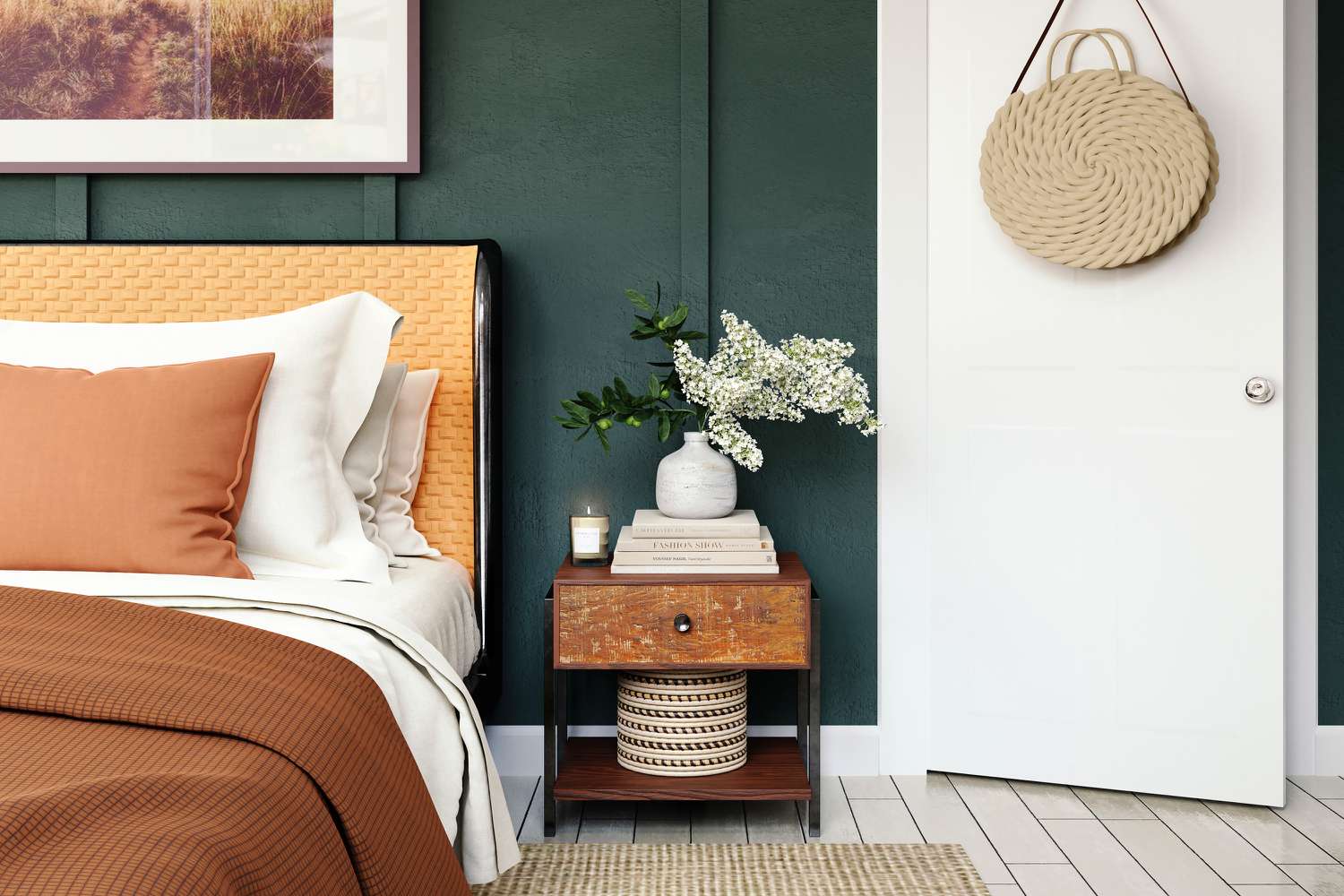

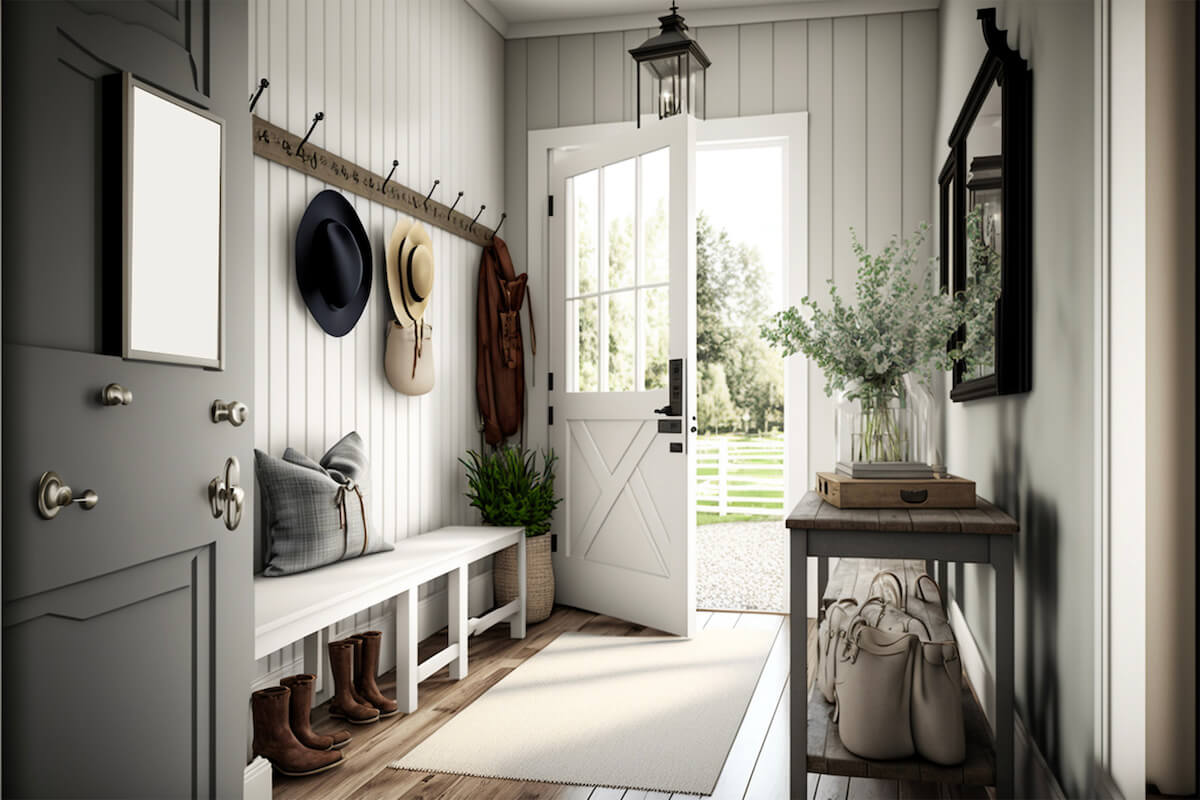
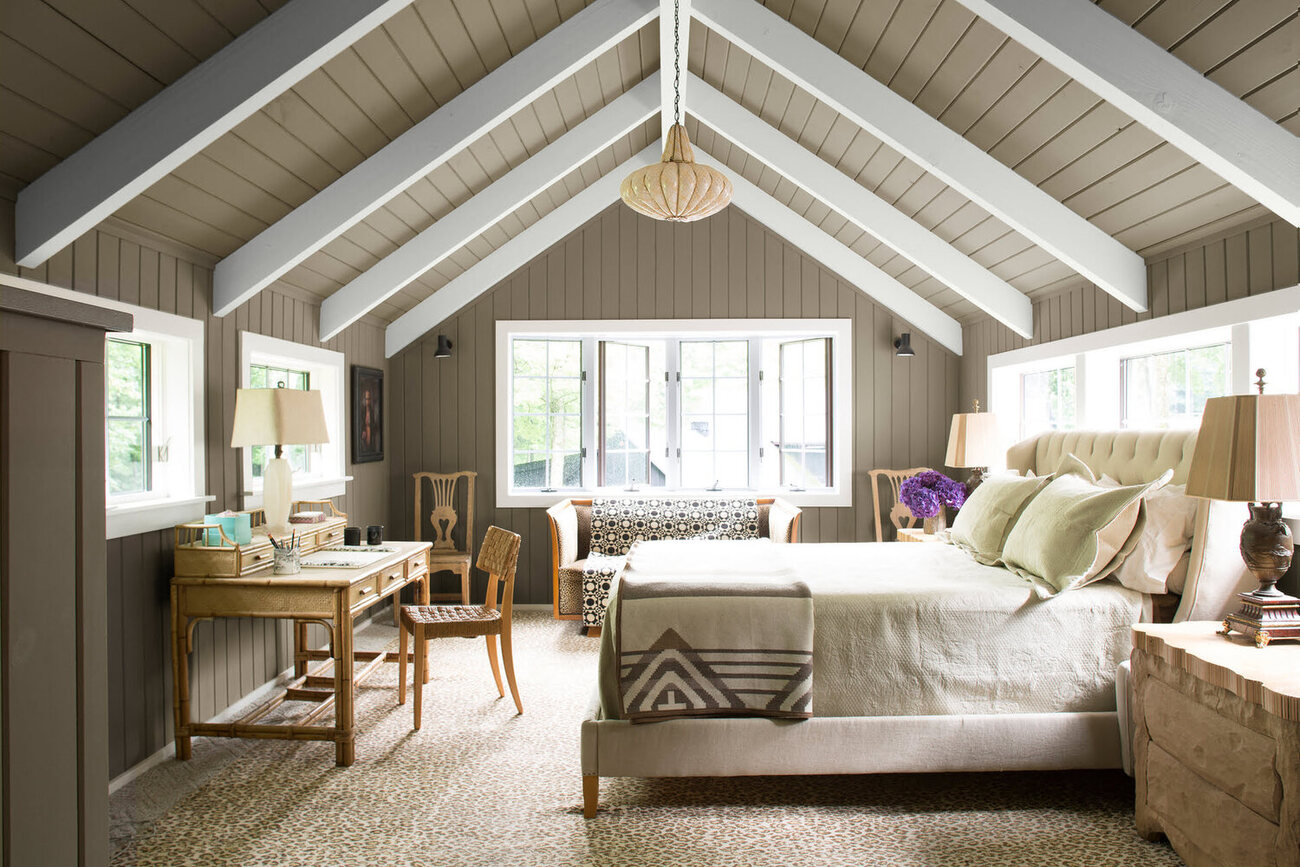



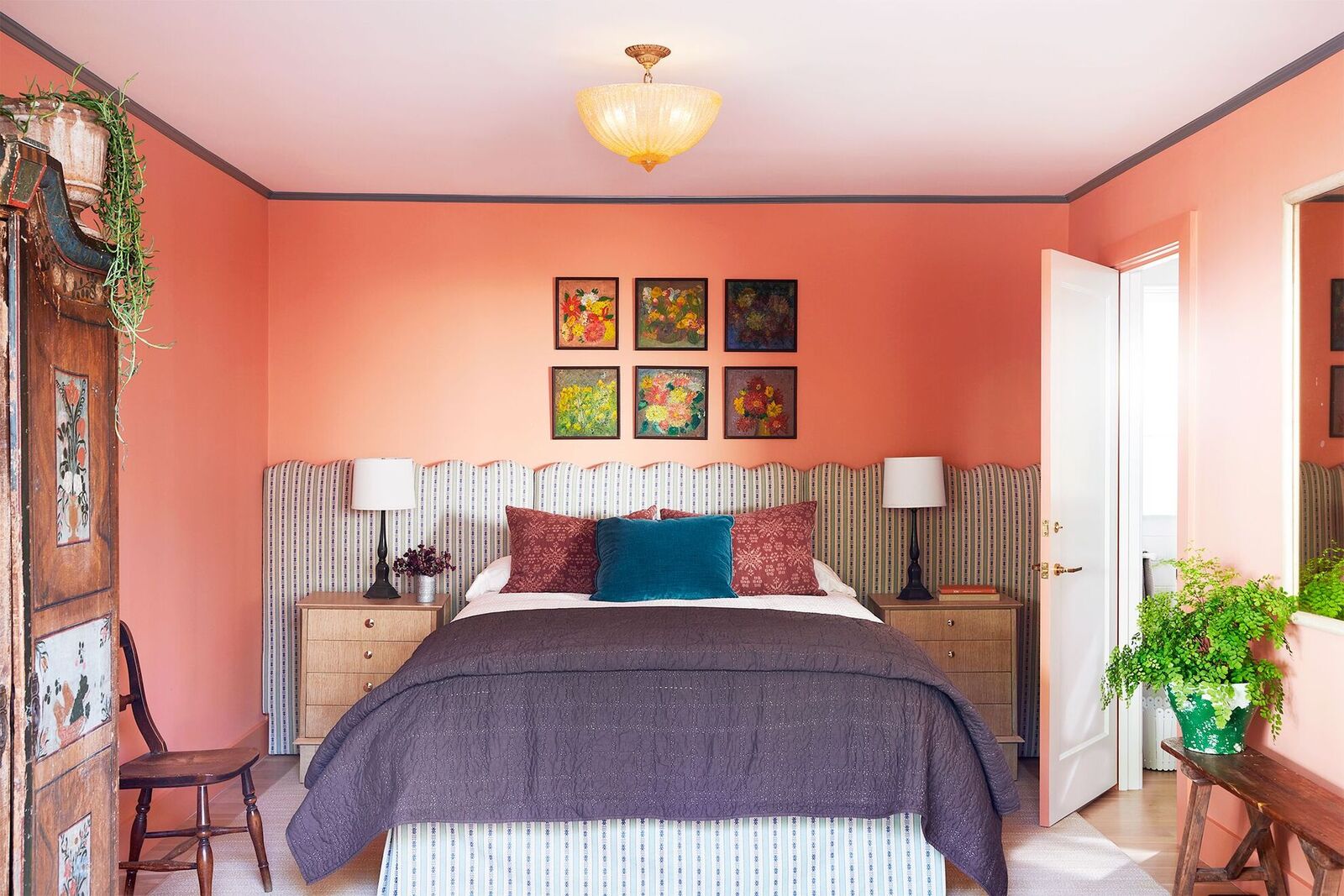



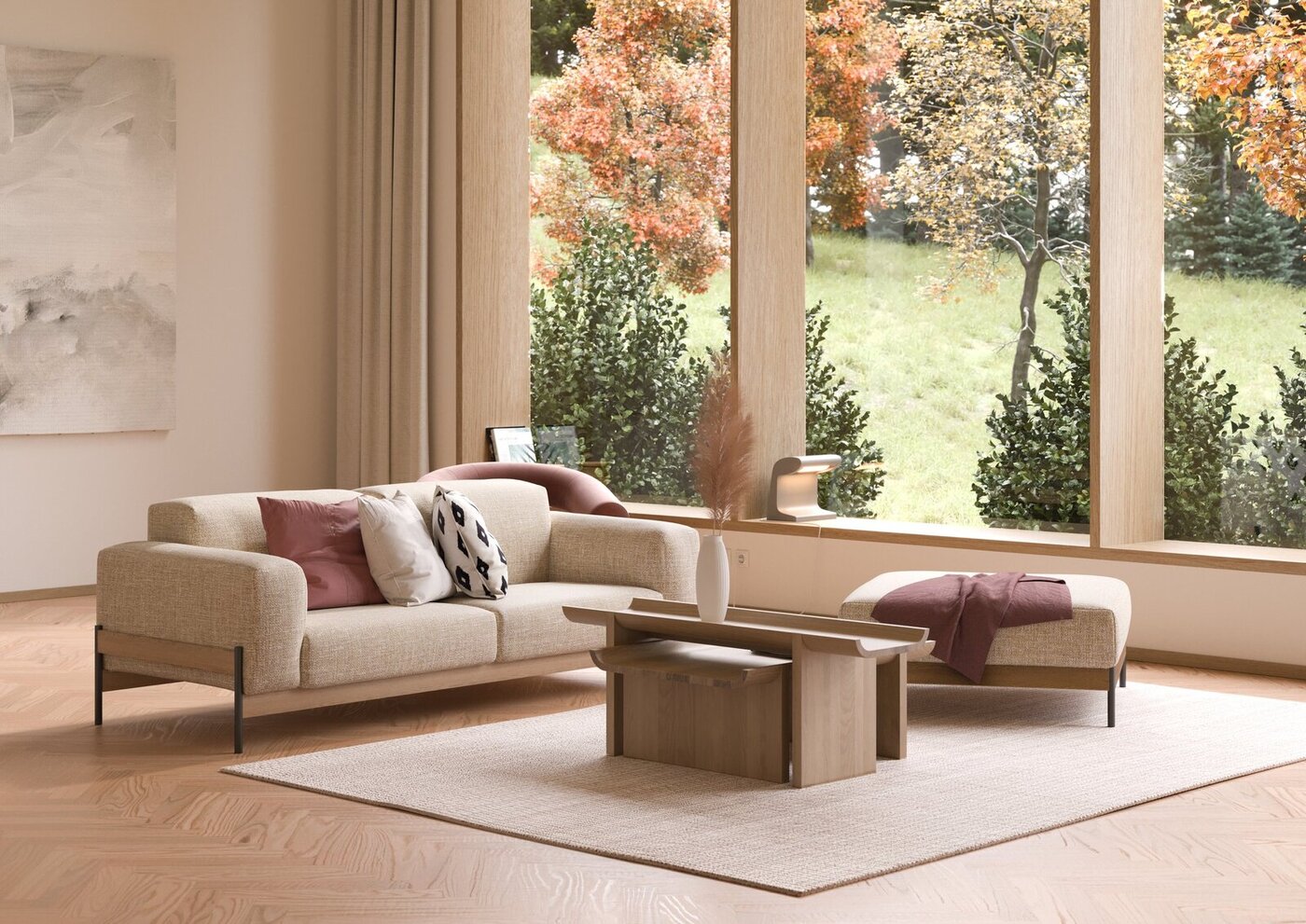
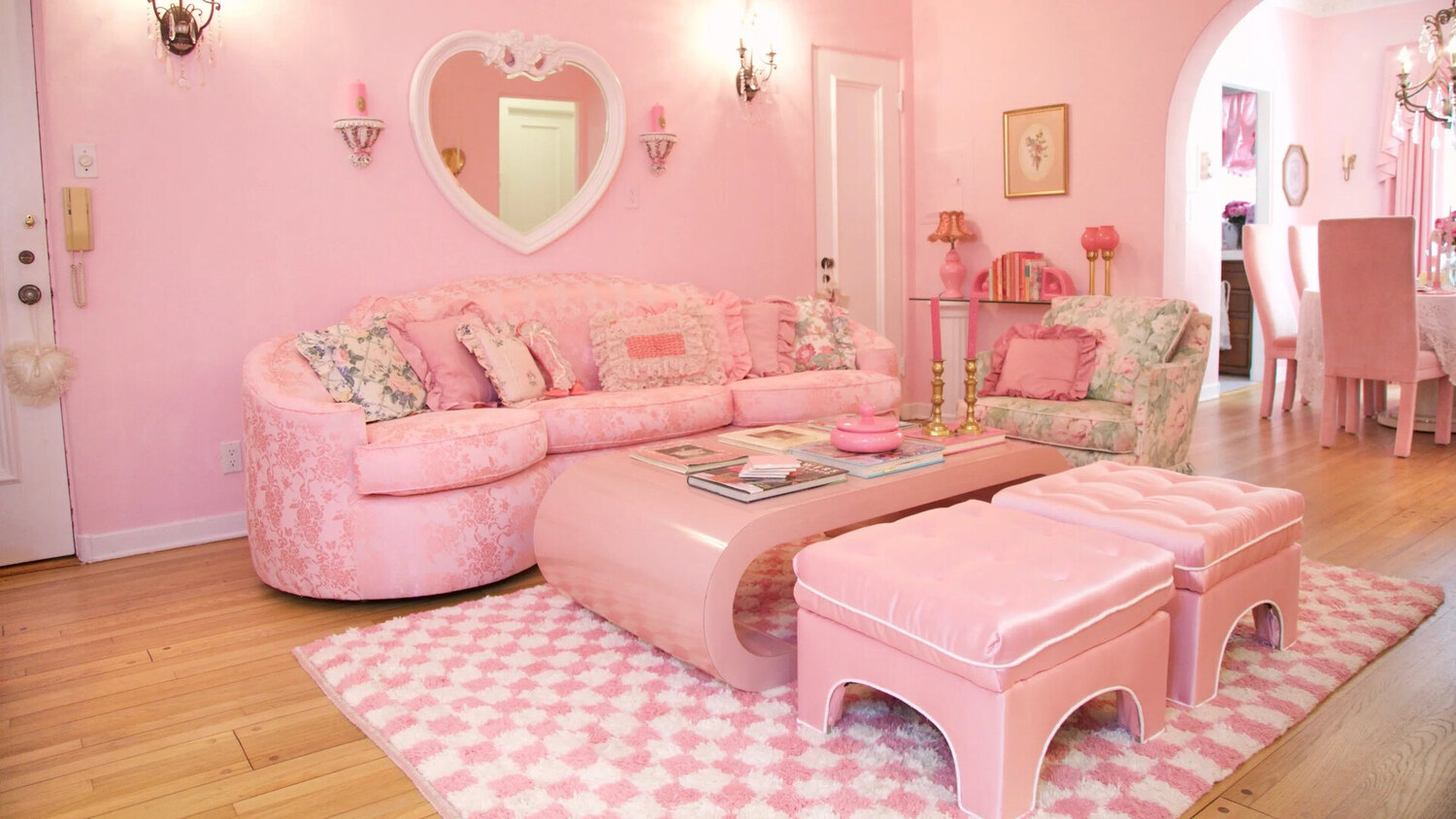


0 thoughts on “5 Reasons Why You Should Never Paint A Ceiling White, Reveals A Leading Paint And Color Expert”